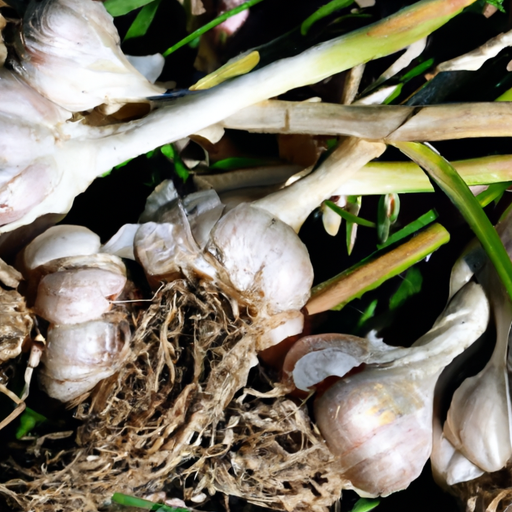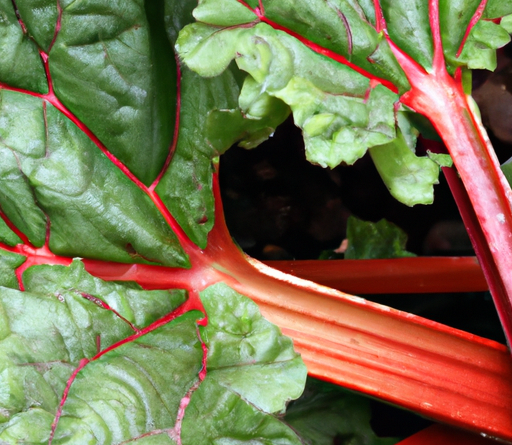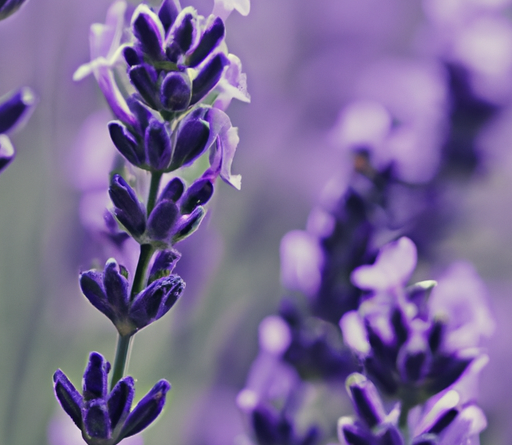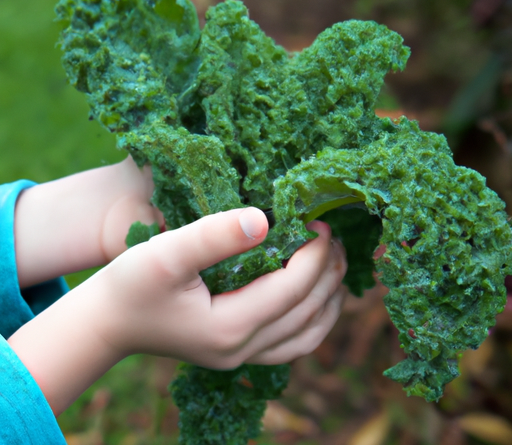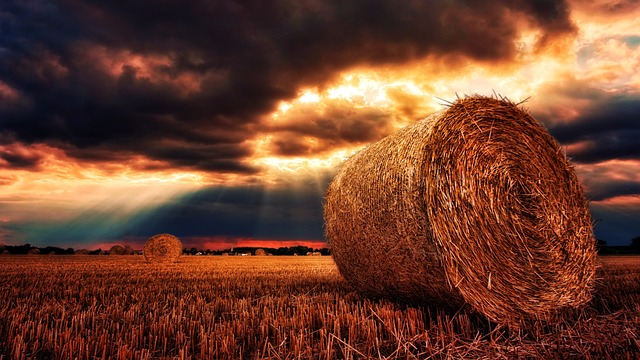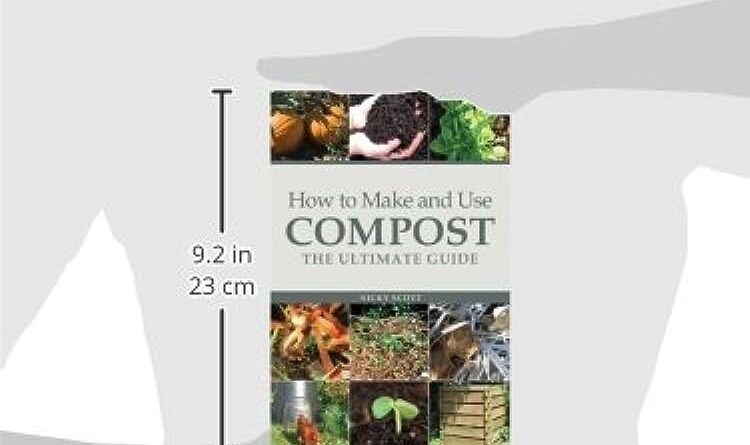
Do you have a garden full of beautiful garlic plants? Have you been anxiously waiting for the perfect time to harvest your garlic and enjoy its delicious flavors? Well, you’re in luck because today we’re going to talk about when is the best time to harvest garlic!
Harvesting garlic at the right time is crucial in order to ensure that you get the best taste and quality from your bulbs. It all comes down to the right combination of leaves and bulb size. In general, you’ll want to wait until the bottom three to four leaves have turned yellow and the top two to three leaves are still green. This is usually an indicator that the bulbs have reached their maximum size and are ready to be harvested.
But how exactly do you determine the readiness of your garlic bulbs? Well, in our upcoming article, we’ll dive into more details about the signs to look for, such as the papery wrappers around the bulbs, and the firmness of the cloves when squeezed. We’ll also discuss the ideal curing process to ensure that your garlic will last longer and maintain its flavor.
So, if you’re eager to learn all about when and how to harvest garlic, stay tuned for our informative article. You’ll soon be enjoying the fruits of your labor as you harvest and savor your own delicious, homegrown garlic. Happy gardening!
Table of Contents
When to Harvest Garlic
1. Introduction
What is garlic?
Garlic is a bulbous plant belonging to the Allium family, which also includes onions and leeks. It is known for its strong aroma and flavor, making it a popular ingredient in various cuisines worldwide. In addition to its culinary uses, garlic also boasts several health benefits, including immune system support and cardiovascular support.
Why is harvesting garlic important?
Harvesting garlic plays a crucial role in ensuring the quality and flavor of the bulbs. Harvesting at the right time allows the bulbs to develop fully and ensures optimal storage conditions. It also allows you to save future seed stock for future planting seasons.
2. Understanding Garlic Growth
Ideal planting time for garlic
Garlic is usually planted in the fall, typically around September or October, depending on your climate. Planting during this time allows the cloves to establish a healthy root system before winter, leading to robust growth in the spring.
Garlic growth stages
Garlic goes through several growth stages before it is ready for harvest. These stages include:
- Germination: After planting, the garlic cloves will sprout roots and send up green shoots above the ground.
- Bulb formation: As the garlic continues to grow, the shoots develop into foliage, and underground bulbs begin to form.
- Maturation: During this stage, the bulbs continue to enlarge, and the foliage turns yellow or brown.
Factors affecting garlic growth
Several factors can influence the growth of garlic, including:
- Temperature: Garlic prefers cool temperatures for growth, with an optimal range between 60°F and 80°F (15°C to 27°C). Extreme heat or cold can affect bulb development.
- Soil conditions: Well-draining soil with a pH level between 6.0 and 7.0 is ideal for garlic growth. Poor drainage and overly acidic or alkaline soil can stunt growth.
- Watering: Garlic requires consistent moisture during its early growth stages. However, overwatering can lead to bulb rot, so it is essential to strike a balance.

3. Signs of Garlic Maturity
Observing the foliage
One way to determine if your garlic is ready for harvest is by observing the foliage. As the garlic matures, the tops of the leaves will start to turn yellow or brown and begin to wither. This is a sign that the plant has completed its growth cycle and is ready to be harvested.
Checking the bulb size
The size of the garlic bulbs is another indicator of maturity. Mature garlic bulbs typically have a diameter of 1.5 to 2 inches (3.8 to 5 cm) or larger, depending on the variety. Smaller bulbs may indicate that the garlic is not yet fully matured.
Inspecting the garlic skin
The outer skin of the garlic bulb also provides clues about its maturity. When garlic is ready to be harvested, the skin becomes papery and dry. If the skin is still tight and moist, it is a sign that the garlic is not yet mature and should be left in the ground for a little longer.
4. Determining the Best Harvest Time
Harvesting too early
Harvesting garlic too early can result in underdeveloped bulbs that lack the full flavor and storage potential. The bulbs may be small, and the cloves may not be fully formed. If you notice that the garlic leaves are still green and the skin is tight, it is best to wait a little longer before harvesting.
Harvesting too late
On the other hand, waiting too long to harvest garlic can lead to bulbs that have started to separate and individual cloves that have begun to sprout. This can reduce the quality of the bulbs and affect their flavor. Therefore, it is essential to monitor your garlic plants closely and harvest them at the appropriate time.
Factors to consider for optimal harvest
When determining the best time to harvest garlic, there are a few factors to consider:
- Weather: It is best to harvest garlic when the weather is dry. Harvesting in wet conditions can increase the risk of bulb rot and fungal diseases.
- Variety: Different garlic varieties have varying maturity times. Familiarize yourself with the specific characteristics of the variety you are growing to determine the ideal harvest time.
- Personal preference: Taste preferences vary from person to person. Some individuals prefer milder garlic flavor, while others enjoy a stronger taste. Consider your personal preference when deciding on the harvest time.
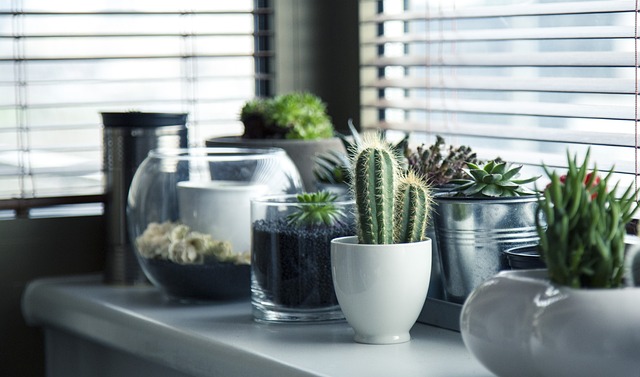
5. Essential Tools and Equipment
Gloves and protective gear
When harvesting garlic, it is advisable to wear gloves and other protective gear. Garlic plants can have sharp leaves that may cause skin irritation or cuts. Gloves provide a barrier of protection and ensure a safer harvesting process.
Garden fork or shovel
To loosen the soil around the garlic bulbs, a garden fork or shovel is necessary. Carefully insert the fork or shovel into the soil a few inches away from the plant and gently pry it up, loosening the soil as you go.
Drying racks or trays
After harvesting, garlic bulbs need to be cured before storage. Drying racks or trays provide a suitable surface for the garlic bulbs to cure. They allow for good airflow and prevent the bulbs from rotting during the curing process.
6. Step-by-Step Guide to Harvest Garlic
Preparing the soil for harvest
Before harvesting garlic, it is essential to prepare the soil around the plants. Remove any weeds or debris from the area to avoid contamination. Use a garden fork or shovel to loosen the soil gently, being careful not to damage the bulbs.
Loosening the soil around garlic bulbs
To harvest the garlic bulbs, start by gently loosening the soil around them. Insert a garden fork or shovel into the ground a few inches away from the plant and carefully pry it up. Repeat this process around the circumference of the bulb to loosen the soil evenly.
Carefully lifting the garlic bulbs
Once the soil is loosened, carefully lift the garlic bulbs out of the ground. Grasp the foliage near the base of the bulb and pull gently, ensuring that the bulb remains intact. Avoid pulling too forcefully, as this can damage the bulbs.

7. Curing and Storing Garlic
Trimming the garlic foliage
After harvesting, it is important to trim the foliage of the garlic plants. Use a sharp pair of scissors or pruning shears to remove the foliage, leaving about an inch above the bulb. Trimming the foliage helps prevent moisture loss during the curing process.
Drying the garlic
To cure the garlic bulbs, they need to be dried in a cool, dry, and well-ventilated area. Spread the bulbs out on drying racks or trays, making sure they are not touching each other. Allow the bulbs to cure for 2 to 4 weeks, or until the foliage is completely dry.
Choosing the right storage conditions
Once the garlic bulbs are cured, it is important to store them properly to maintain their quality. Store the cured bulbs in a cool, dry place with good air circulation. Avoid storing them near fruits or vegetables that produce ethylene gas, as this can cause premature sprouting.
8. Troubleshooting Common Harvest Issues
Garlic rot and diseases
During the harvesting process, you may encounter garlic bulbs that show signs of rot or disease. Discard any bulbs that have soft spots, mold, or signs of fungal growth. Proper crop rotation and good sanitation practices can help prevent these issues in future plantings.
Pest infestations
Pests such as garlic bulb mites and onion maggots can damage garlic bulbs during the growing season. To minimize pest infestations, practice good garden hygiene and remove any affected bulbs promptly. Additionally, applying organic pest control methods can help keep pests at bay.
Dealing with wet or muddy conditions
In some cases, you may need to harvest garlic in wet or muddy conditions due to unexpected weather. If this happens, gently rinse off the excess mud with water and allow the bulbs to air dry before curing. Avoid rubbing the bulbs forcefully, as this can damage the protective skin.
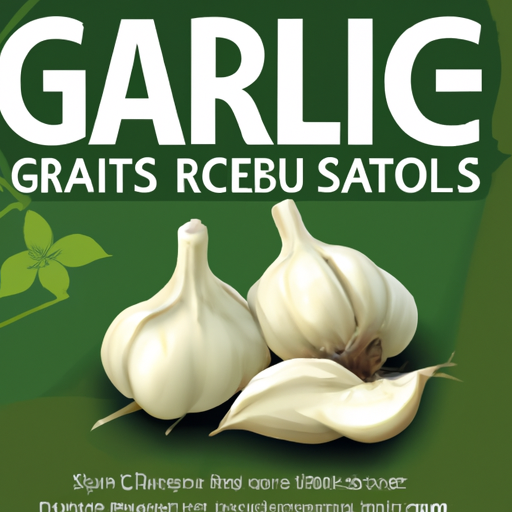
9. Benefits of Harvesting Garlic at the Right Time
Enhanced flavor and culinary uses
Harvesting garlic at the right time ensures that the bulbs have developed their full flavor potential. Properly matured garlic offers a strong and pungent taste that enhances a variety of dishes, from pasta sauces to roasted vegetables.
Increased keeping quality
Garlic harvested at the appropriate time tends to have a longer shelf life. The bulbs are less likely to sprout or deteriorate, allowing you to enjoy the harvest for an extended period.
Saving future seed stock
By harvesting garlic at the right time, you can save the largest and healthiest bulbs for future planting seasons. These bulbs can serve as seed stock, ensuring the continuity of your garlic production and maintaining the quality of the next crop.
10. Conclusion
Harvesting garlic at the right time is crucial for ensuring optimal flavor, storage quality, and future planting success. By closely monitoring the growth stages and considering various factors, you can determine the ideal harvest time for your garlic. With the right tools and techniques, you can enjoy the bountiful rewards of your effort and savor the flavorful and aromatic qualities of freshly harvested garlic.
